History of self-propelled literature
The history of self-propelled literature is rooted in the past and embodies an exciting saga of creativity, innovation and technological advancement in the world of words. Since the first hypertext experiments in the 20th century, self-propelled literature has come a long way to modern forms using algorithmic methods and virtual reality.The first steps in the history of self-propelled literature were taken with the advent of computer technology and the possibility of creating hypertext structures that allow the reader to interact with the text and choose their path through history. This led to works such as Mark Daniel Cosins's "Cipher" and Stuart Mouler's "More Than Life," which broke new ground in the world of literary creativity.
With the development of computer technology and the Internet, self-propelled literature has gained new forms and capabilities. The authors began experimenting with algorithmic texts, using computer programs to create works that can change or evolve in real time. An example of such works were "Netography" by Nikolai Gubanov and "Thriller" by Andrew Stanley.
Today, self-propelled literature is at the crossroads of technological and artistic development, opening up new opportunities for interaction with text and the creation of unique literary experiments. Her story is filled with moving moments when words became living beings, leading the reader along the paths they themselves chose.
Winning hearts
Price: 7.54 USD
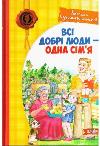
The book All Kind People Are One Family. Vasily Sukhomlinsky
Price: 5.78 USD
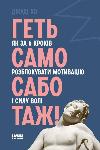
The Book Away From Self-Sabotage! How to unlock motivation and willpower in 6 steps
Price: 6.28 USD
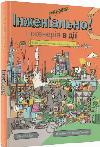
Book Engineering! Engineering in Action
Price: 8.04 USD
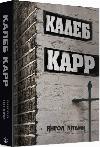
Book Angel of Darkness Book 2 Caleb Carr
Price: 1.51 USD

Schoolboy's Handbook. Grades 1-4
Price: 8.04 USD
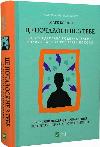
The book It didn't start with you. How inherited family trauma shapes us and how to break that circle
Theater and film actors

Stanley Tucci

Caitlin Gerard
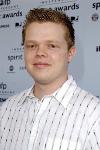
Elden Henson

Daniel Olbrychsky

Abby Elliott

Constance Wu
Read also

 RU
RU UA
UA DE
DE ES
ES FR
FR IT
IT PT
PT KZ
KZ TR
TR KR
KR JP
JP CN
CN AR
AR










